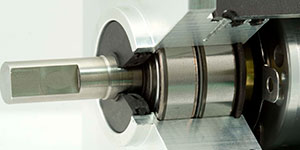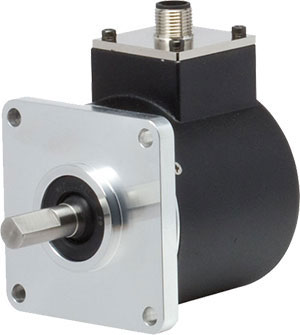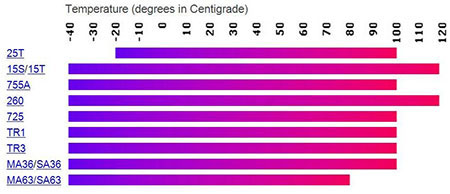Considerations for Applying Rotary Encoders in Cold Conditions
 If you are in snow country, you are probably familiar with the cold-weather considerations for your home and vehicles. But, what about rotary optical encoders in your equipment? While not overly sensitive to cold, encoders tasked for use in sub-freezing temperatures should be configured appropriately to avoid a few potential problems.
If you are in snow country, you are probably familiar with the cold-weather considerations for your home and vehicles. But, what about rotary optical encoders in your equipment? While not overly sensitive to cold, encoders tasked for use in sub-freezing temperatures should be configured appropriately to avoid a few potential problems.
Considerations for Applying Rotary Encoders in Cold Conditions

High temperatures are widely known to reduce the performance and longevity of most electro-mechanical devices; however, cold conditions also can cause problems. For the most part, electronic components perform well in the cold, but some mechanical parts can suffer when operating in a deep freeze. Following are some common concerns regarding the effects of cold on encoders and an overview of Encoder Products Company (EPC) encoders with low temperature options.
Bearings:
Sub-freezing temperature can keep the lubricant from moving freely inside the bearing, potentially reducing bearing life. For example, an encoder in a cold location that is inactive for weeks and suddenly spools up to 4000 RPMs may be at risk over time if not properly configured. EPC encoders with low temperature (-20C and lower) have special bearing lubricant designed to operate effectively in cold conditions.
Shaft Seals:
EPC shaft seals are made of Teflon and are suitable for operation down to -40C. However, the seal material can lose a small degree of flexibility in cold temperatures. While seal effectiveness is not reduced, be aware that some increased starting torque may occur at -20C and colder. Be sure to consider this factor if your application requires very low starting torque.
Measuring Wheel Surface:
Rubber and urethane tend to have reduced pliability at lower temperatures and consequently may have less grip. EPC urethane surface wheels are rated to -40C. See our specifications for measuring wheels and choose the option that best meets your operating temperature.
Condensation:
High relative humidity (RH) and low temperatures offer the potential for condensation to accumulate inside the encoder, which can cause corrosion and other problems. In extreme situations, isolating the encoder from humidity or providing a heat source may be advised. See EPC product data sheets for RH specifications for each encoder model.

While all Encoder Products Company rotary encoders are rated to 0C, as shown above, several models offer low temp options, from -20C down to -40C.
When specifying encoders, it is always important to consider the full range of operating conditions, including temperature. Be sure your encoder is properly configured to handle low temperatures if necessesary.
Otherwise, you might find your equipment unexpectedly on ice.

